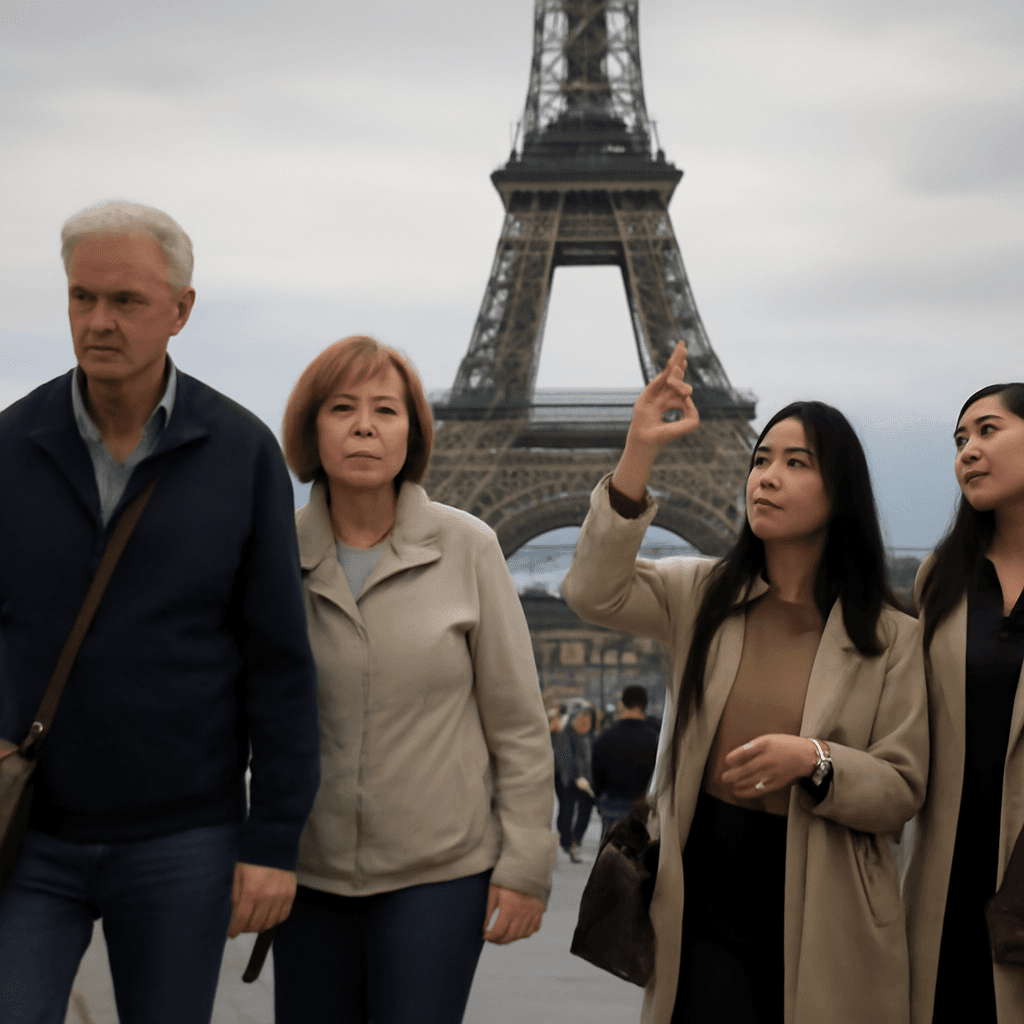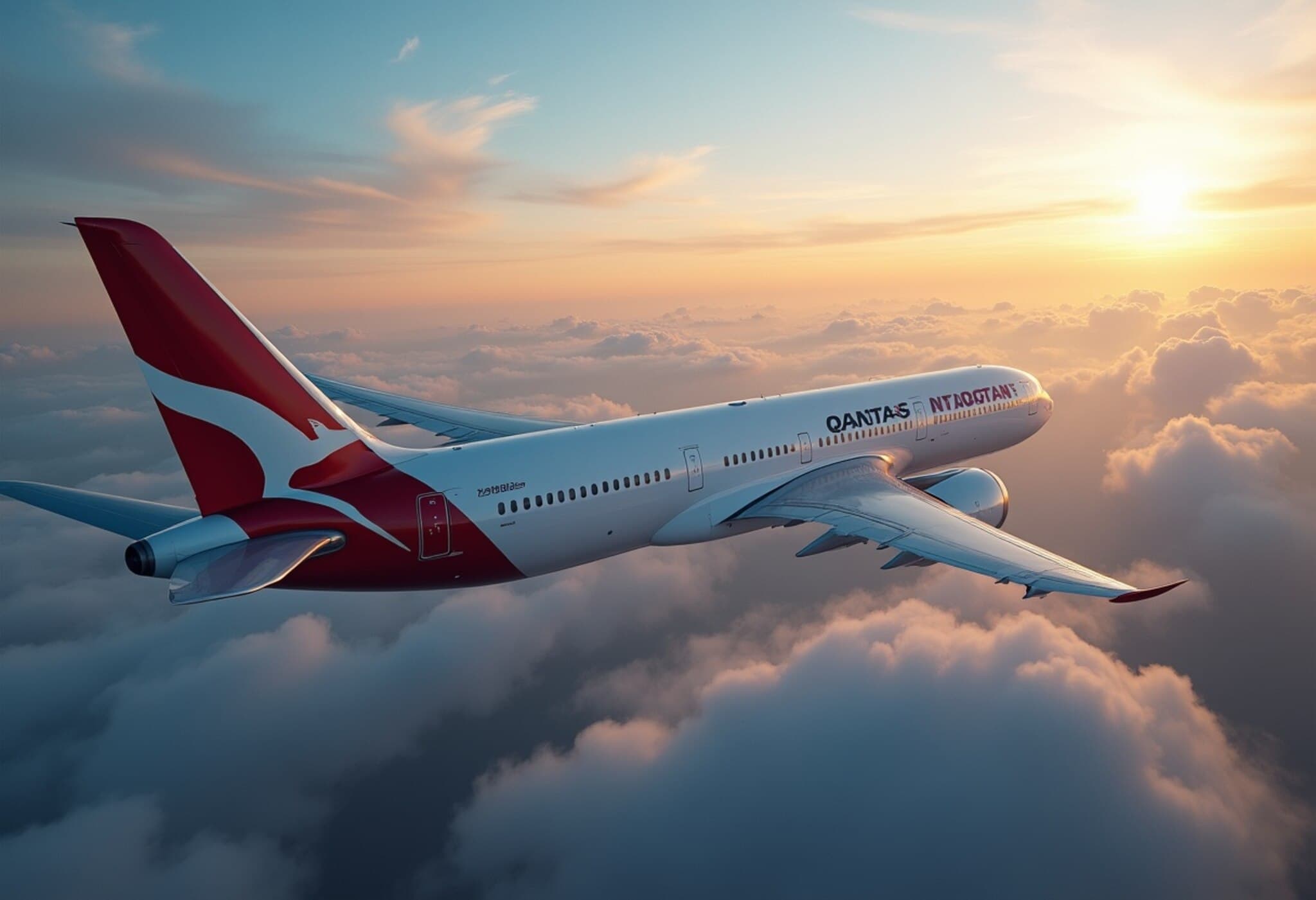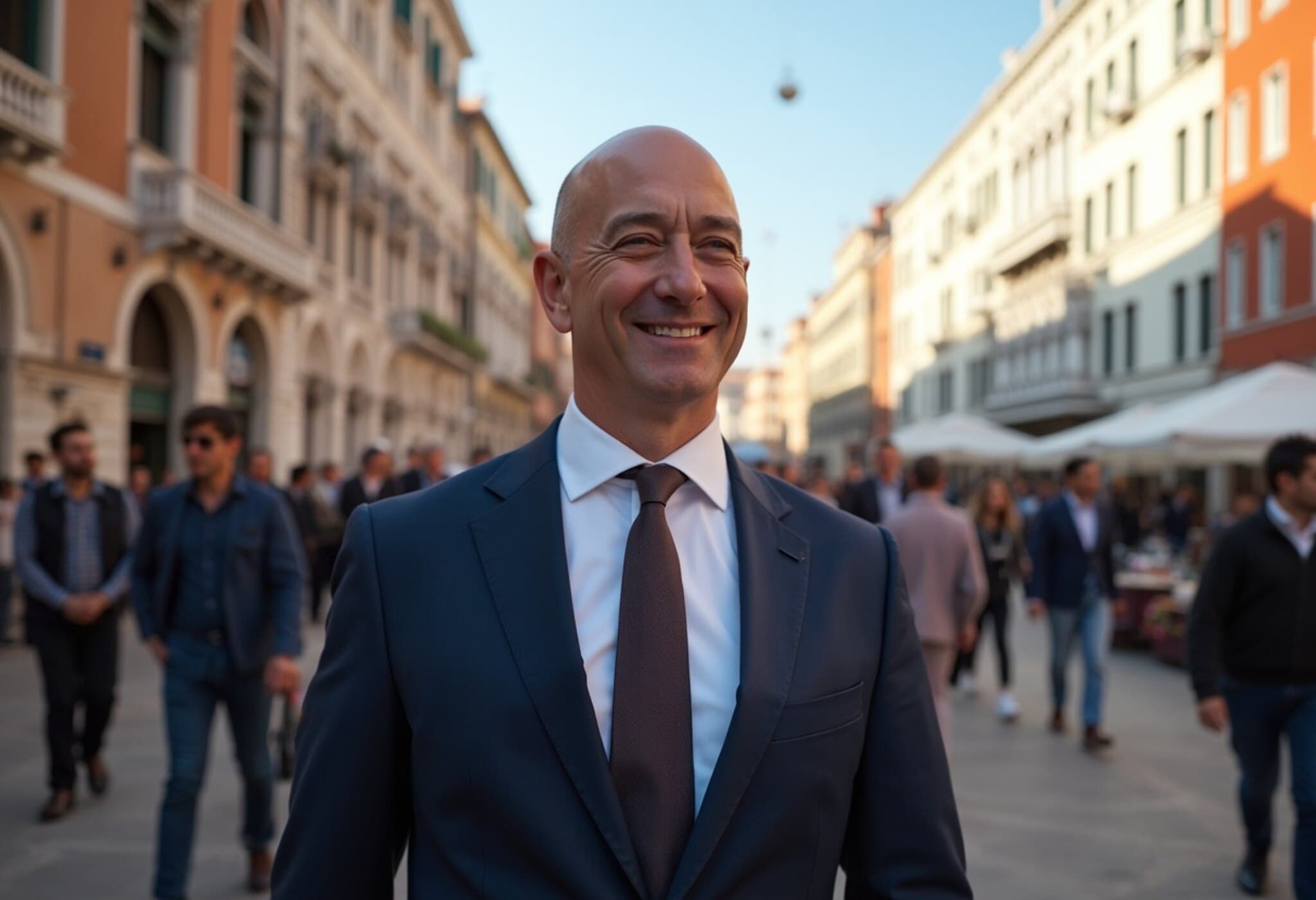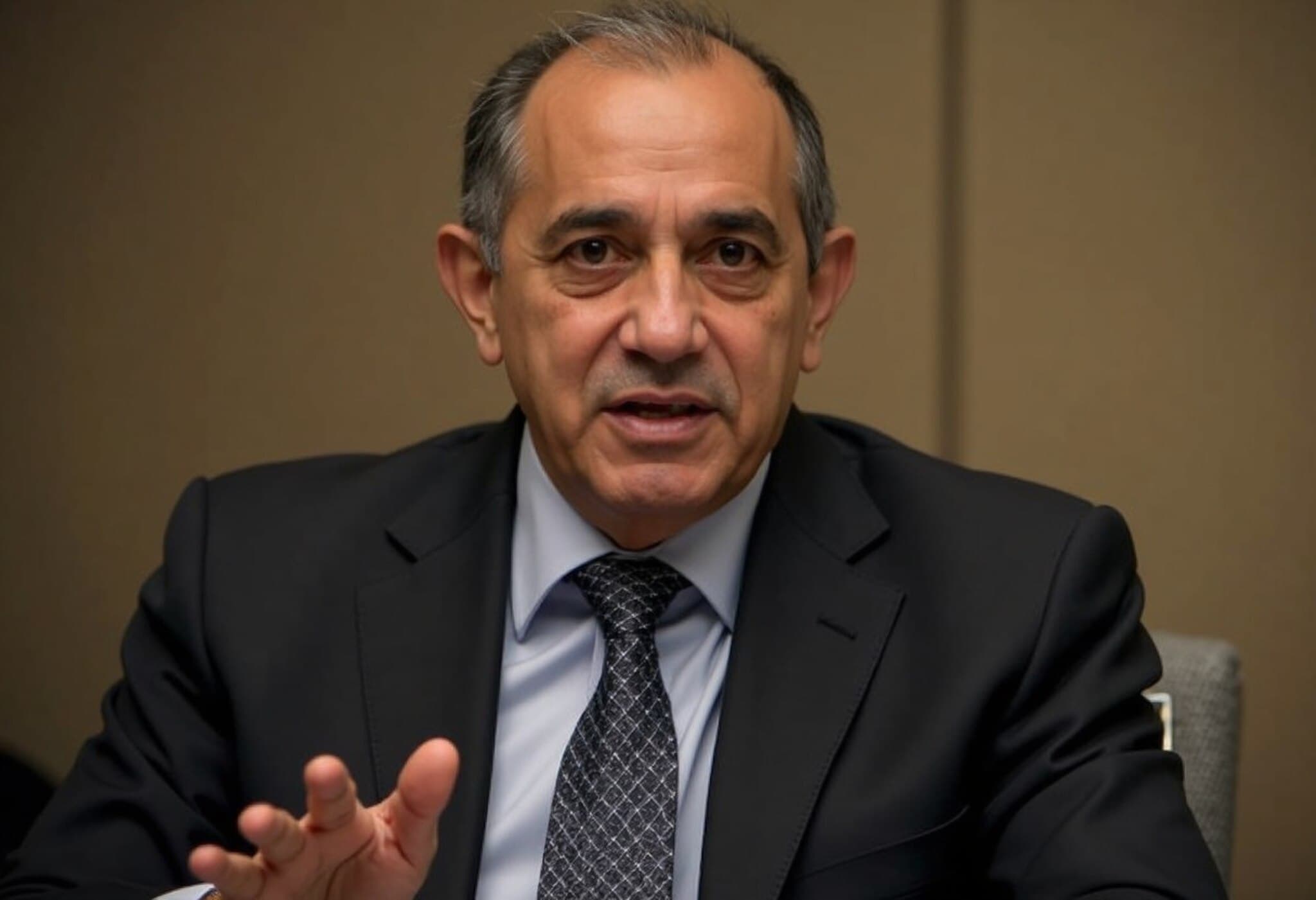Reimagining the Pyramids: A $30 Million Tourism Makeover
Each year, around 2.5 million visitors journey to the Pyramids of Giza, eager to witness one of the world’s most iconic landmarks. However, for decades, this awe-inspiring destination was often overshadowed by overcrowding and persistent hawkers, dampening the experience. That is now changing — thanks to a comprehensive $30 million upgrade designed to recapture the wonder and grandeur of Egypt’s ancient marvels.
A Long-Awaited Revamp Debuts
The fresh vision for the Giza Plateau officially launched on July 3, marking the culmination of seven years of planning and development. In 2018, the Egyptian government partnered with a private consortium led by Orascom Pyramids Entertainment (OPE), to breathe new life into the 4,600-year-old site just west of Cairo.
OPE’s Executive Chairman highlighted that a soft opening earlier in April provided the chance to fine-tune operations and enhance visitor services. Over the coming 11 years, the company will oversee operations, monetizing through VIP tours, sponsorships, and commercial leases—ticket sales remain government-controlled.
This reopening also aligns with the much-anticipated inauguration of the $1 billion Grand Egyptian Museum, located just a mile away, further solidifying Egypt’s ambitions to double inbound tourism to 30 million annually within a decade — rivaling some of the world’s top travel destinations.
Car-Free Zone and Seamless Access
One of the most visible changes involves transitioning the Giza Plateau into a car-free zone. Visitors now enter via the newly constructed "Great Gate" situated 1.5 miles southwest of the pyramids, replacing the former winding road steeped in traffic snarls.
Upon entry, travelers pass a sleek reception hall featuring introductory exhibits before boarding a modern hop-on, hop-off shuttle bus system. In just minutes, guests find themselves at the base of the Three Pyramids, each assembled from massive 80-ton limestone blocks, with the majestic Great Sphinx just steps away.
Enhanced Amenities Elevate the Experience
Gone are the days of limited facilities. The revamped site boasts upgraded restrooms, formal souvenir shops, and several new cafes. Culinary offerings have also stepped up, highlighted by Khufu's—a premier dining spot serving upscale Egyptian cuisine with a spectacular terrace view over the Great Pyramid.
Visitors like Mariam Al-Gohary, an Egyptian-Canadian, noted the dramatic improvement on a recent visit. "Before, it was chaotic," she said. "Now it truly feels like a world-class tourist destination, more akin to a museum than a market square." The Tourism Ministry further reported an impressive 24% rise in visitor numbers in April year-over-year, reflecting a surging interest in Egypt’s revitalized tourist draw.
Addressing the Pedestrian Challenge: Horse and Camel Rides
One persistent issue at the pyramids has been the aggressive horsemen and camel operators, often known for overcharging and pushy tactics. While riding these animals is a sought-after experience, tourists have long voiced frustration over exploitative practices—like unexpected ‘exit fees’ to dismount.
The renovation discourages such confrontations by restricting animal handlers’ access to the main visitor areas. They have been repositioned to a separate, less intrusive zone, although some resistance remains. Officials continue to work toward stricter enforcement to protect the visitor experience.
Gazarin commented, "The intimidation factor made many hesitant to visit before. We’re determined to change that and make the pyramids welcoming for all." Indeed, despite its global fame, the site currently attracts fewer tourists than similar landmarks elsewhere — by comparison, Rome’s Colosseum saw over 12 million visitors in 2023.
Looking Ahead: A Monument of the World for the World
While geopolitical uncertainties in the region may temper visitor growth in the short term, the project’s vision remains clear: rekindle the pyramids’ status as a must-see global destination.
“It’s simply unacceptable that the most important monument on Earth has only just over one million foreign tourists annually,” Gazarin said. The new infrastructure, improved services, and strategic partnerships aim to reverse this trend and kindle fresh admiration for Egypt’s ancient wonders.














